Butterfly Care Homes bring humanity to those living with dementia
An older woman was visibly distressed, shouting and screaming. She lived with dementia and had recently moved into a Butterfly Care Home.
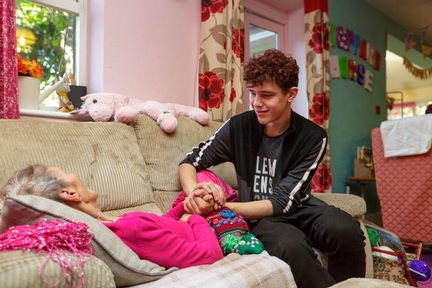
She would have been labelled ‘difficult’ or ‘challenging’ under an old model of dementia care, but the founder of knew he just had to find the right way to connect with her.
Dr David Sheard learned the woman used to be a personal assistant and had travelled the world. So, staff put up photos of the places she'd visited and set a typewriter in front of her with paper and envelopes. And the second Dr Sheard handed her an envelope that he said contained an important letter, she stopped screaming and her face burst into a wide smile.
"Being person-centered is about reaching someone on the inside,” he said. “In terms of getting to know people it's the same way as we get to know anyone in life. It takes some time, it takes some connection.”
‘A shift in the way we provide care’
Similarly, in another care home, the floors are clean, the walls are a shade of magnolia and the staff work to keep ‘residents’ busy and safe from harm. The ‘dementia unit’ gives ‘good’ care but like many care homes, knows it needs to change.
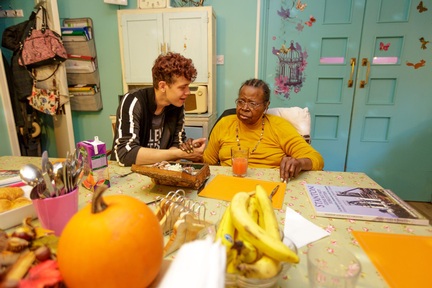
Dementia Care Matters advocates a home should be split into a number of small living spaces for people experiencing dementia, instead of being one ‘unit’ of 25 people. Workers are trained to express empathy and spend time with people, rather than rushing from one task to the next, while walls are painted in fuchsia, tangerine and neon green to help people feel their spirit is alive, to break up large anonymous areas and to help people navigate the hallways.
“Feeling you matter is at the core of being a person,” said Dr Sheard. “Creating a family like atmosphere and sharing closeness really does matter in dementia care.”
Launched in the UK over two decades ago by Dementia Care Matters, the Butterfly movement aims to be an antidote to the impersonal and unstimulating hospital-like environments of many care homes’ ‘dementia units’.
There are currently 34 care homes adopting this model - 24 in the UK (12 rated ‘Outstanding’ by the care regulator), seven in Canada, three in Australia and one in the US.
The approach focuses on creating a truly person-centred approach where ‘feelings matter most’. The model values emotional intelligence, domestic household living and the core belief that everyone living with dementia can be reached as a whole person.
‘I could no longer live the lie of the medical model’
In 1995, Dr Sheard came to the realisation whilst working in the NHS that everything he had been taught about dementia care “could have been a lie” with a view that they were “just warehousing people”.
He said: “Training typically focuses on a professionally detached model emphasising distance instead of closeness and attachment where you are unable to touch, feel, cry and be real with people. This is something that I conditioned myself to do as a result of old culture training. In 1995 I could no longer continue to live the lie of the medical model. I resigned with no idea what would come next.
“I became involved with a number of care home owners in the UK who were prepared to take a risk and reshape dementia care, and over the next five years this completely disrupted people’s notions of what dementia care was, is and unfortunately continues to be in many places today.”
‘No them and us’
Dr Sheard began with some basic, simple ideas, which were to completely dismantle any features of an institution, so that there was no “them and us”. No uniforms, no nursing stations, no drug trolleys, no staff stood watching people eat.
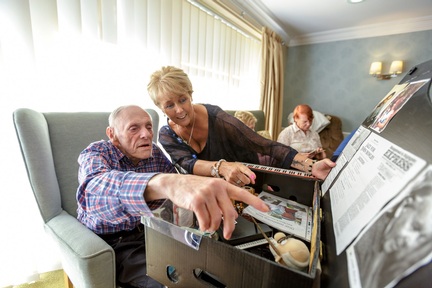
“The second principle was to recruit staff with emotional intelligence; people who knew what mattered most in life. We wanted to move away from a disease, symptom and behaviour model of dementia care, to a model that believes that people living with dementia are essentially more ‘feeling beings’ than ‘thinking beings’,” he said.
“So, we had to find the right people to work in this new way. It involved recruiting taxi drivers, hotel receptionists, hairdressers, people who had worked on factory conveyor belts, anyone who had emotional intelligence about life and knew what mattered most.
“The third principle was to fill the place with life. We didn’t want clinical, sterile, magnolia corridors and rooms that created boredom, lethargy and people staring into space. We filled the place up with people’s life history and lived experiences.”
Dare to dream?
Butterfly Homes are continuing to reshape innovation in dementia care. They focus on:
- Removing ‘us and them’ – no uniforms, no separate staff toilets, no nursing stations
- Creating family-like household living – where House Leaders and Housekeepers are the real heart of each household home
- Joining people in their reality – helping people to be who they were in their past experiences
- Home-like administration of medication – with individual drug cabinets in people’s own bathrooms
- Matching – grouping people together in ‘houses’ at a similar point of dementia experience
- Relaxing routines – freeing up the staff team, by giving them permission to be with people, whilst fostering team work to still flexibly also achieve the discreet running of the home
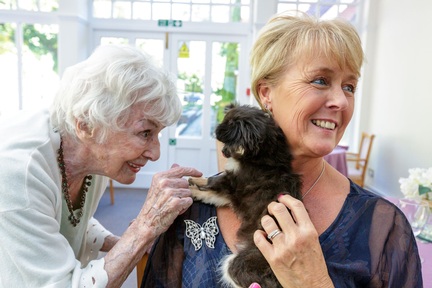
- Turning all staff into butterflies - all staff see their role as a butterfly, creating moments fleeting between people, adding colour to people’s lives and at times being a still butterfly with someone.
Dr Sheard added: “We know through our action research base this model provides great improvements for a home. We also know the model makes financial sense.
“We would encourage care homes to ‘dare to dream’. There is a way we can disturb our present reality to make our tomorrows better. The question is why wouldn’t we want this?”
For more information on The Butterfly House Model of Care click here
Latest Innovative Care News
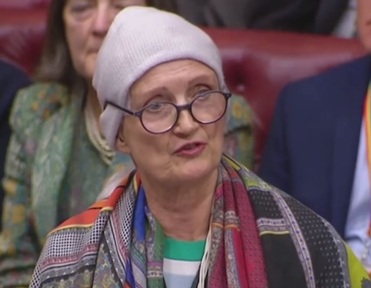 13-May-19
'Pink drink' brain cancer treatment rolled out across NHS in memory of Baroness Jowell
13-May-19
'Pink drink' brain cancer treatment rolled out across NHS in memory of Baroness Jowell
 25-Apr-19
Louis Tomlinson helps 83-year-old who lost wife to dementia complete bucket list
25-Apr-19
Louis Tomlinson helps 83-year-old who lost wife to dementia complete bucket list
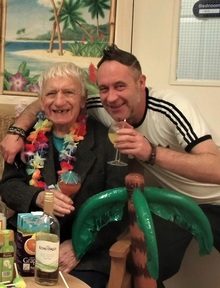 22-Mar-19
UK's top care home handyman takes residents to pub for pie and pint
22-Mar-19
UK's top care home handyman takes residents to pub for pie and pint
 12-Feb-19
Michael McIntyre's jokes tested to see if they stop elderly catching flu
12-Feb-19
Michael McIntyre's jokes tested to see if they stop elderly catching flu
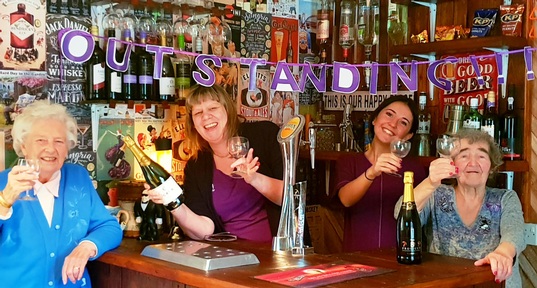 07-Jan-19
'We were lucky to find it': Family's delight as care home is rated Outstanding
07-Jan-19
'We were lucky to find it': Family's delight as care home is rated Outstanding